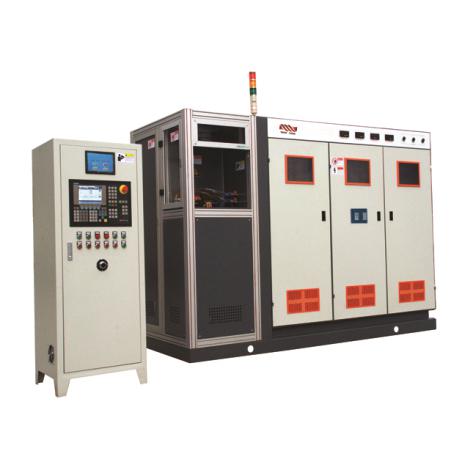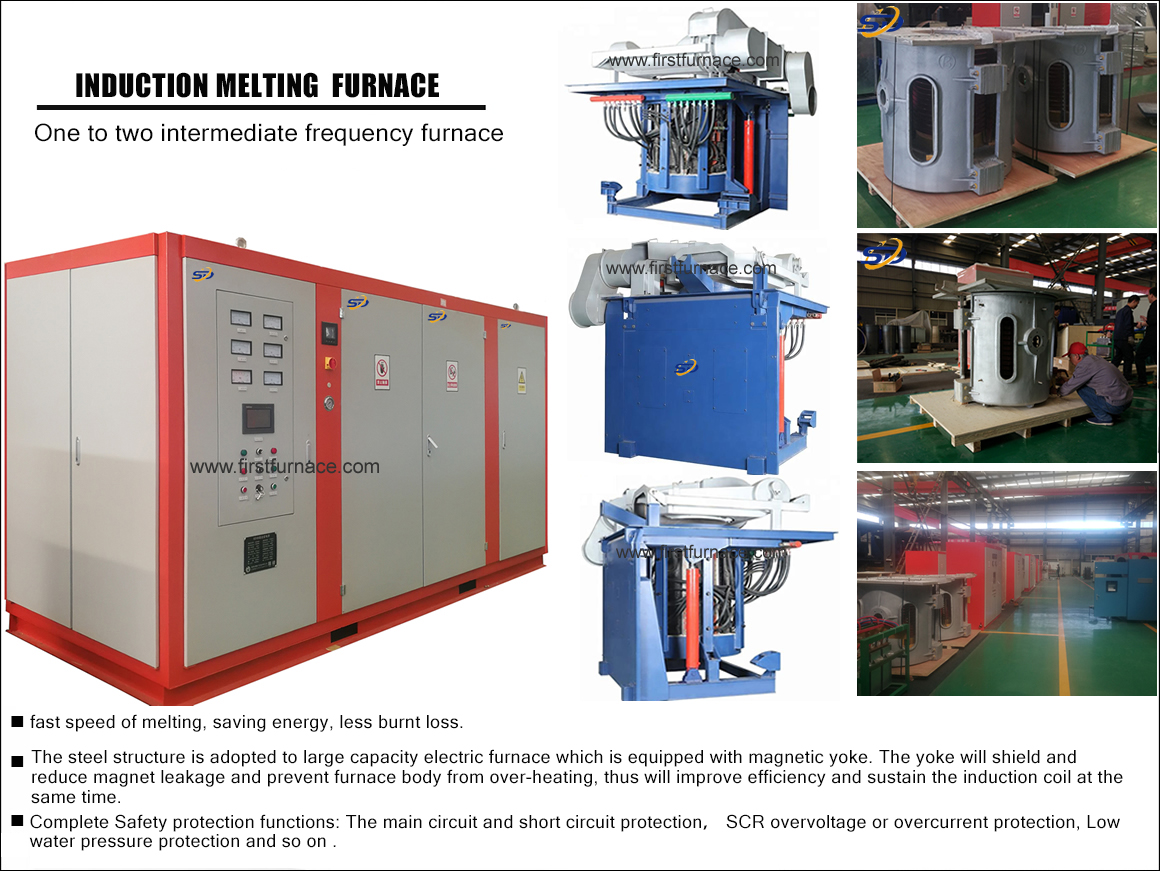Sales hot line ( 24 hours service): 18037961302
E-Mail: firstfurnace@gmail.com
whatsapp:+8618037961302
Adress: Luoxin Industrial Park, Luoyang, HenanLarge diameter steel pipe quen
Piston rod quenching and tempe
Grinding rod quenching and tem
High frequency induction heate
Quenching equipment for machin
Round steel end heating furnac
Steel pipe heat treatment prod
Square steel quenching and tem
Sucker rod quenching and tempe
Thickened petroleum steel pipe
Round steel quenching and temp
Steel pipe quenching and tempe
Steel plate quenching and temp
Induction Hardening Machine&nb
Flywheel ring gear high freque
What should I pay attention to when using the quenching oil of induction heating equipment?
1. Precautions for using new oil in the whole tank
Before pouring new oil, you must carefully check and clean the quenching oil tank, cooling system and oil storage tank. If the original oil residue and sludge are mixed into the new oil, it will not only affect the brightness of the oil, but may also change the cooling characteristics of the oil.
After the whole tank is filled with new oil, it is generally not suitable to be used for quenching immediately. A small amount of air is always introduced during the reproduction, transportation and dumping of the quenching oil. The air dissolved in the quenching oil and the scattered cheongsam will reduce the cooling rate of the quenching oil in the high temperature stage and should be removed. This can be removed by increasing the oil temperature (principle: the solubility of the gas in the oil decreases with the increase of the oil temperature, and increasing the oil temperature can reduce the viscosity of the oil and facilitate the floating of bubbles).
2. Regarding the use temperature of the oil
The allowable and recommended operating temperature ranges are specified for all quenching oils. Within the specified range, the operating temperature can be determined according to the actual situation. Appropriately increasing the oil temperature can reduce the viscosity of the oil, so that the quenching and cooling capacity of the oil is slightly improved. If the oil temperature is too high, the cooling capacity will be reduced due to the reduced temperature difference with the workpiece.
When the oil temperature is high, the oxidative deterioration of the oil is fast; when the oil temperature is low, the oxidative deterioration of the oil is slow. The cooling circulation system of the quenching oil should be kept in good condition to stabilize the temperature of the quenching oil within the required range. At the same time, in order to prolong the service life of the oil, the excessively high oil temperature should be used less frequently.
3. Stirring of quenching oil
Good agitation can prevent local oil temperature from being too high, and make the oil temperature in each part of the tank tend to be uniform. Stirring can increase the relative fluidity between the workpiece and the quenching oil, thereby increasing the cooling capacity of the oil.
The setting of the stirring device and the mounting method of the workpiece should try to make the workpieces in different parts of the same batch of quenching obtain basically the same oil temperature. Part of the workpiece or the local relative flow of the workpiece is too high or too low, which will adversely affect the uniformity of quenching and cooling.
4. Oil pollution and prevention
The pollution sources of the quenching oil include: external pollution, such as the oxide scale brought by the workpiece, the water leaked from the cooler and other substances from the outside; self-pollution, which cannot be automatically discharged during use and remains in the oil Oxidation deterioration products; plus the residual products after the reaction of foreign pollutants and quenching oil.
The accumulation of internal and external pollutants will gradually change the color, viscosity, flash point, acid value, etc. of the oil. This change process is the deterioration process of the quenching oil, which will change the cooling characteristics of the oil and the brightness of the workpiece after quenching. Difference. Changes in cooling characteristics often change the quenching hardness, quenching depth and deformation of the workpiece.
Preventing and reducing external pollution, rational use and management of quenching oil, and regular filtering can all slow down the deterioration of the oil and prolong the service life of the quenching oil. For serious pollution, decontamination treatment can be done to remove most of the pollutants and restore the cooling characteristics of the oil.

Iron induction furnace
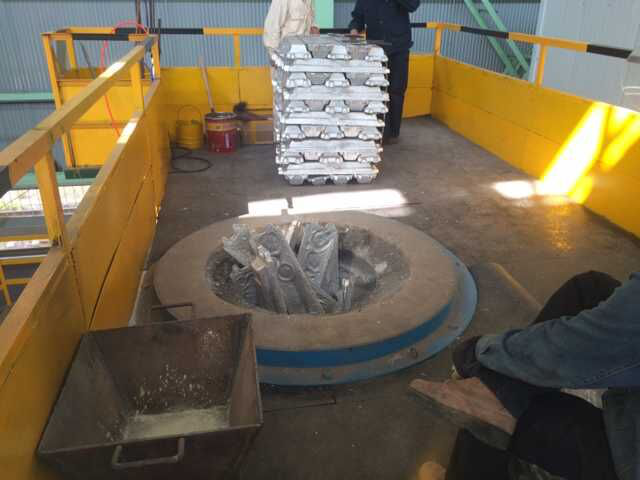
Aluminum melting furnace

Copper melting furnace
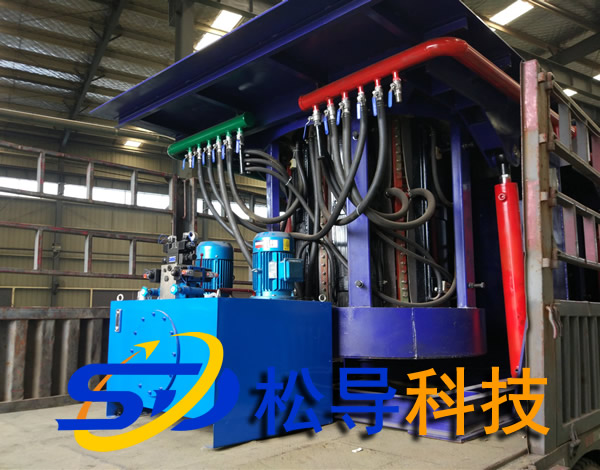
Small steel melting furnace
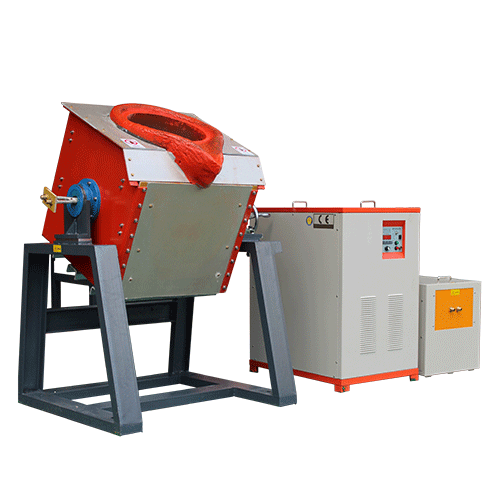
Small induction melting furnace
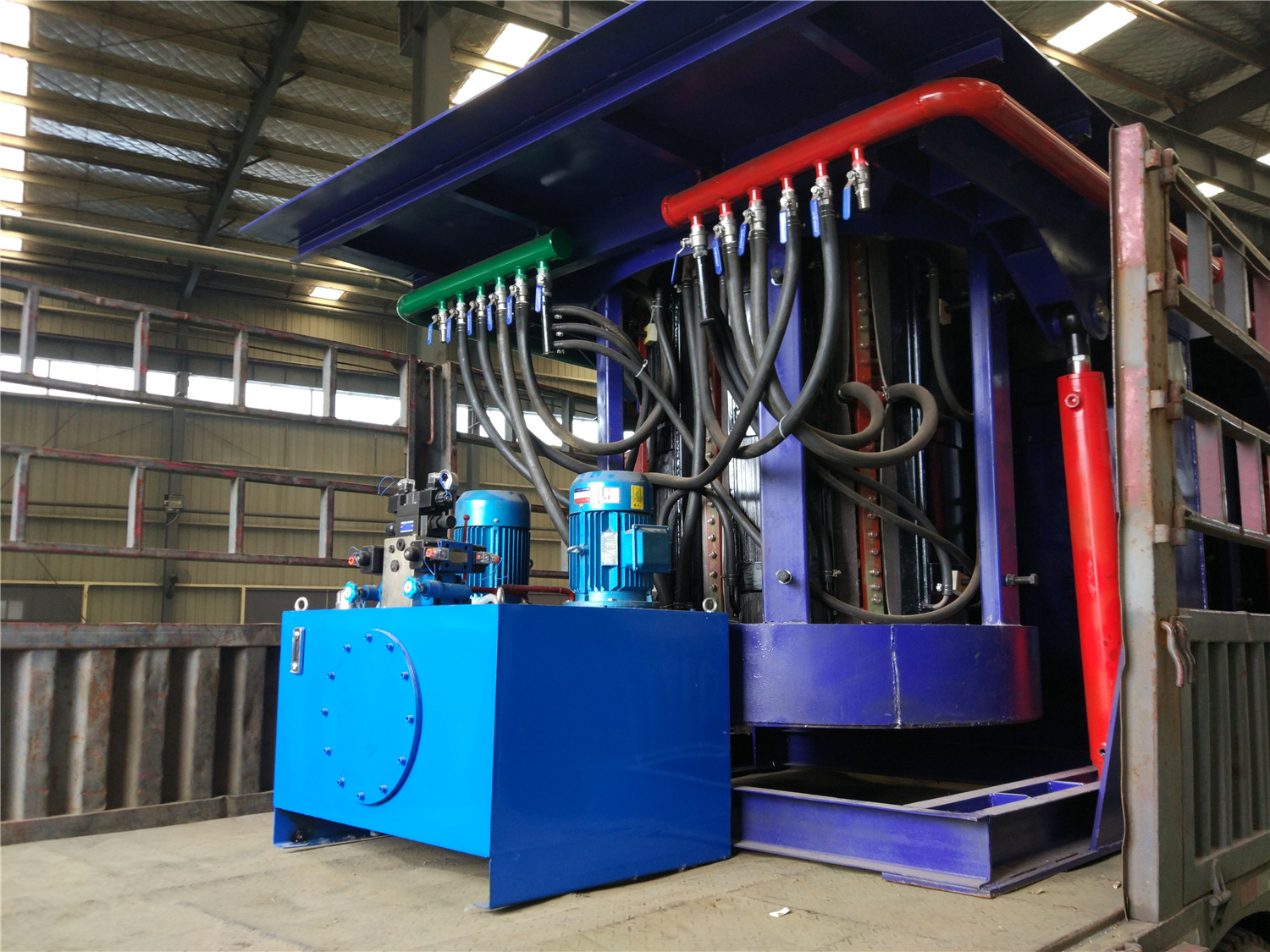
Induction iron furnace
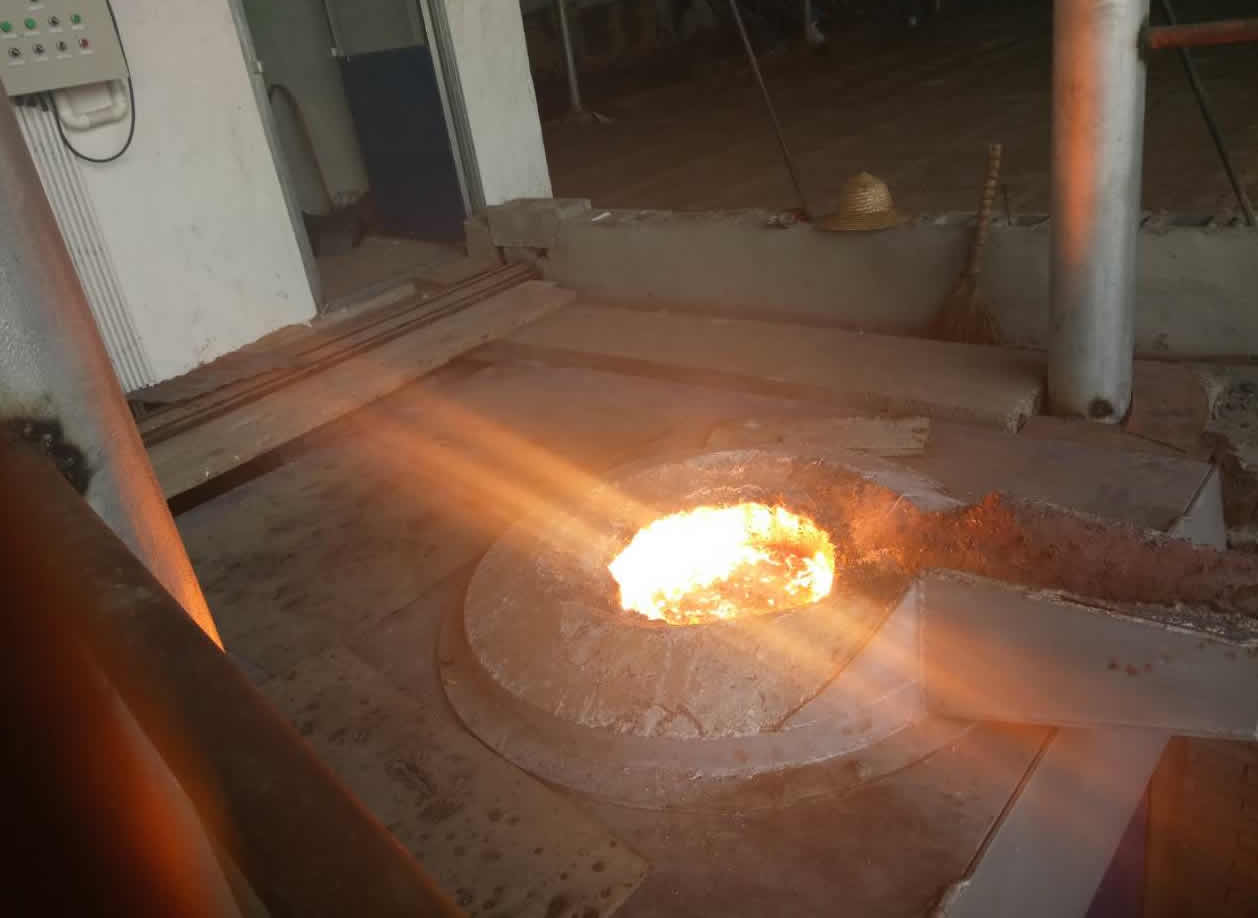
3T intermediate frequency iron melting f
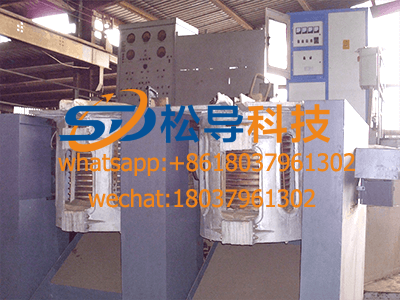
0.25T Intermediate Frequency Furnace
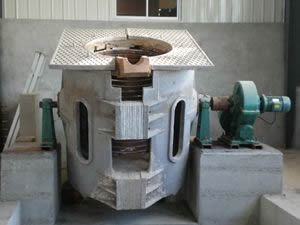
0.5T Intermediate Frequency Furnace
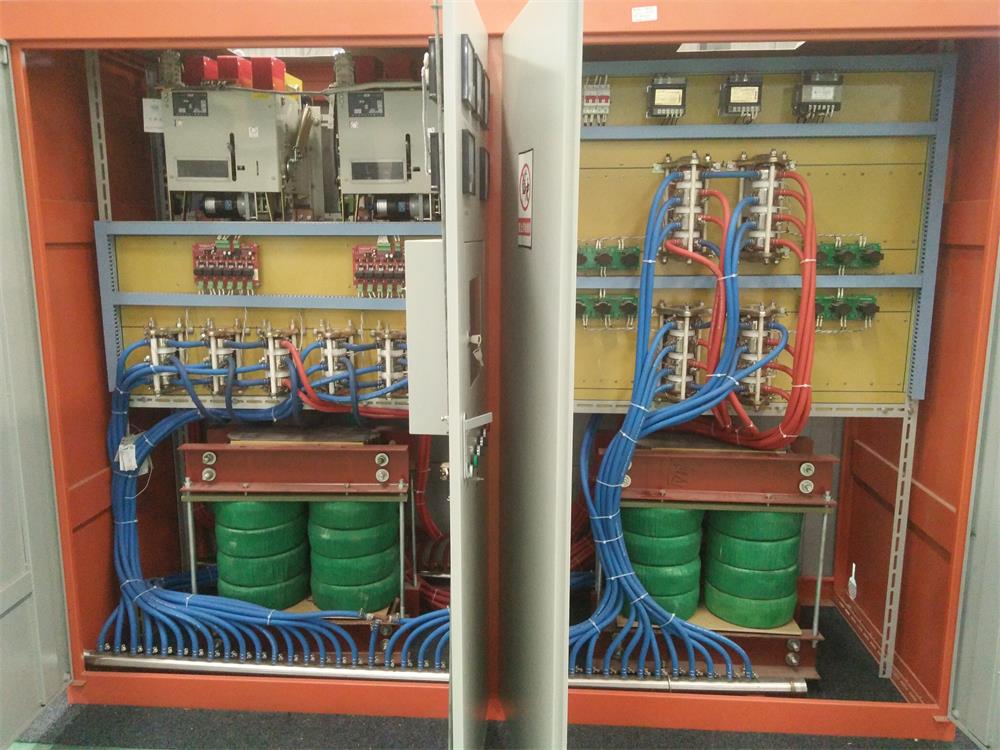
Medium Frequency Furnace

2T Induction Melting Furnace
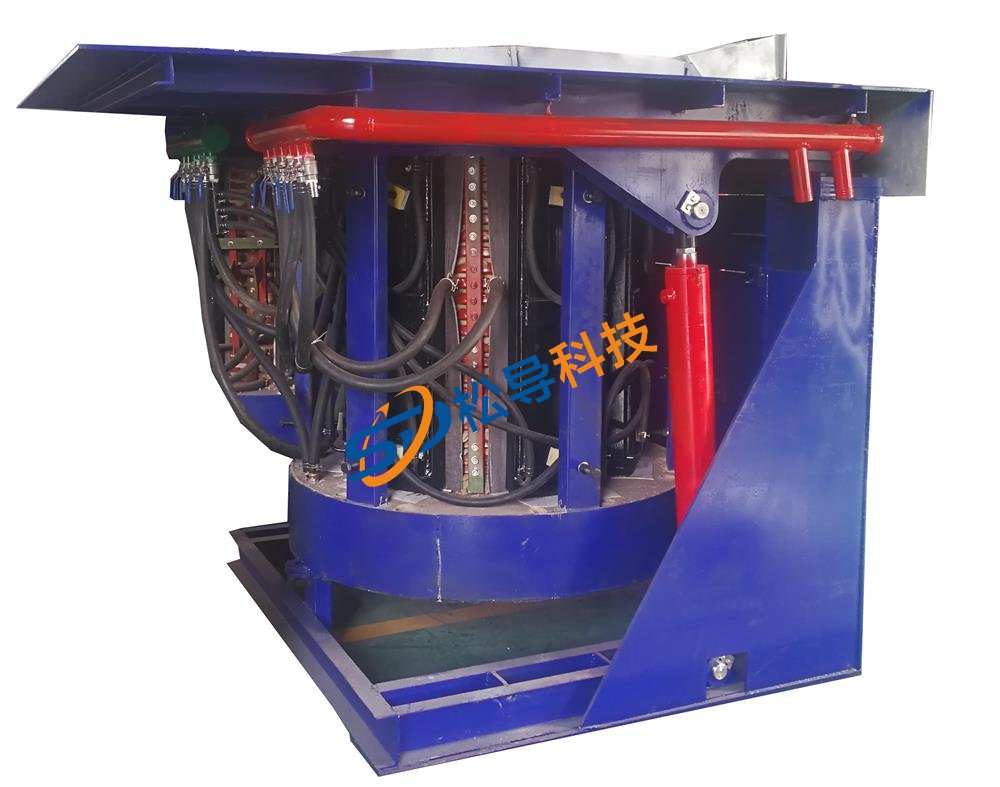
1T Induction Melting Furnace
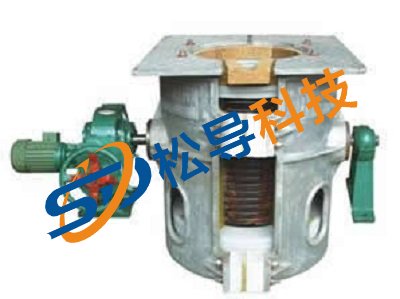
500kg Induction Melting Furnace
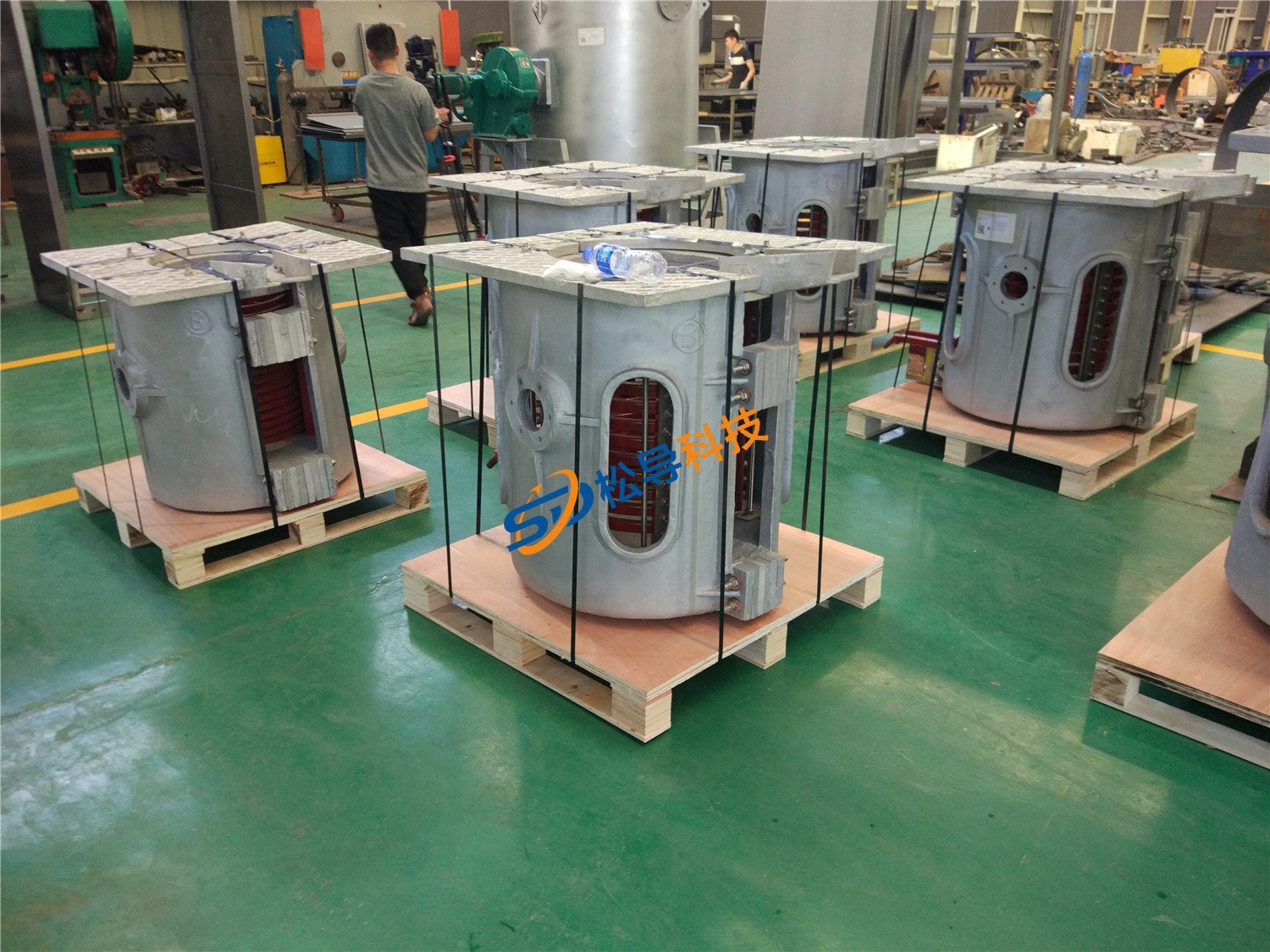
250kg Induction Melting Furnace
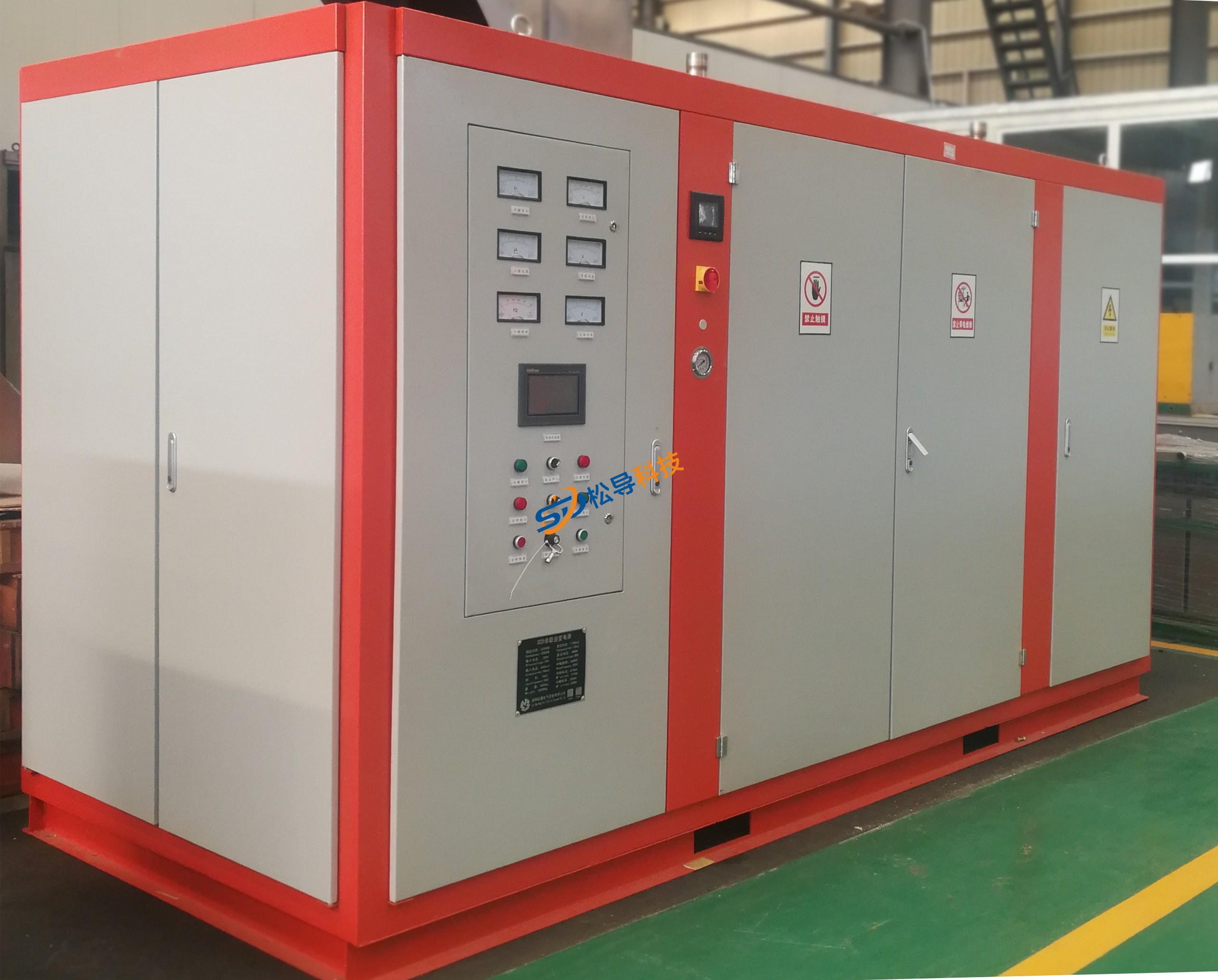
Induction Melting Furnace
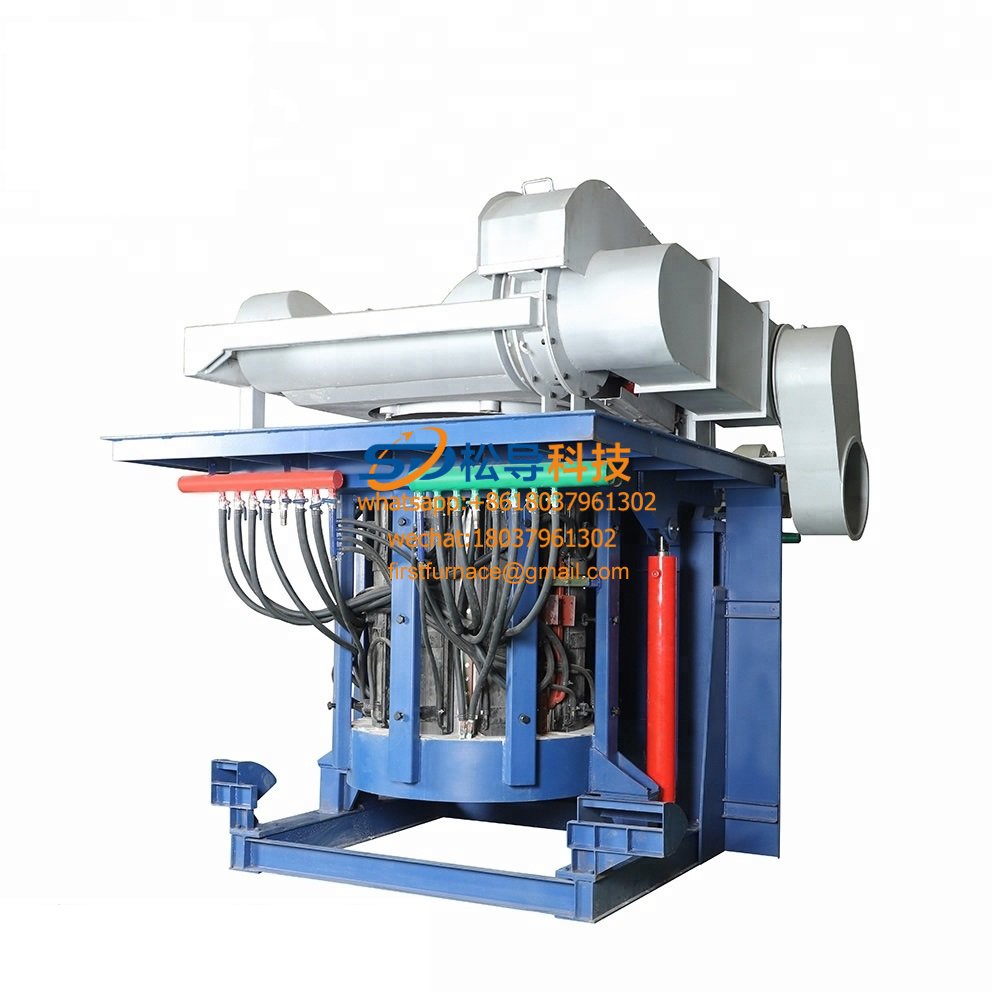
3 T Induction Melting Furnace
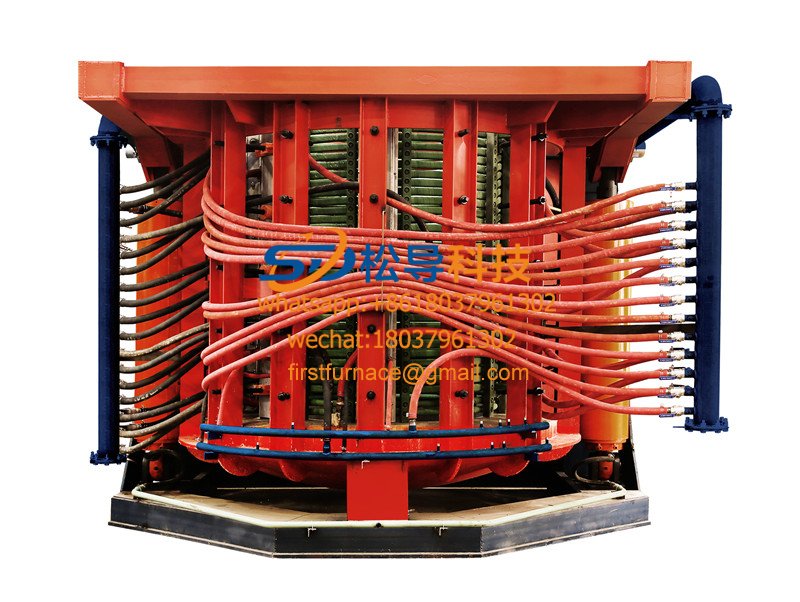
5T Induction Melting Furnace
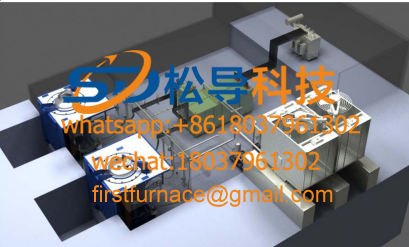
1T One Belt Two Intermediate Frequency F

5T One Belt Two Intermediate Frequency F
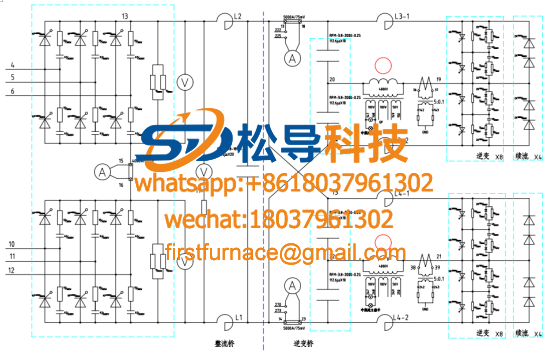
3T One Belt Two Intermediate Frequency F
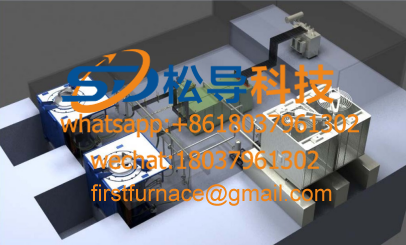
2T One Belt Two Intermediate Frequency F
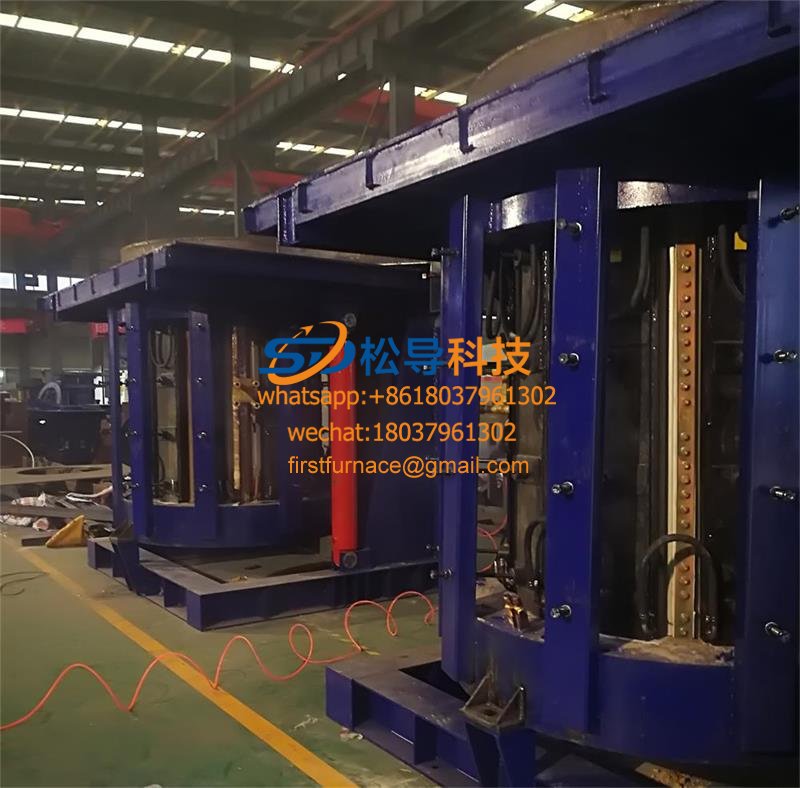
5T Parallel Intermediate Frequency Furna
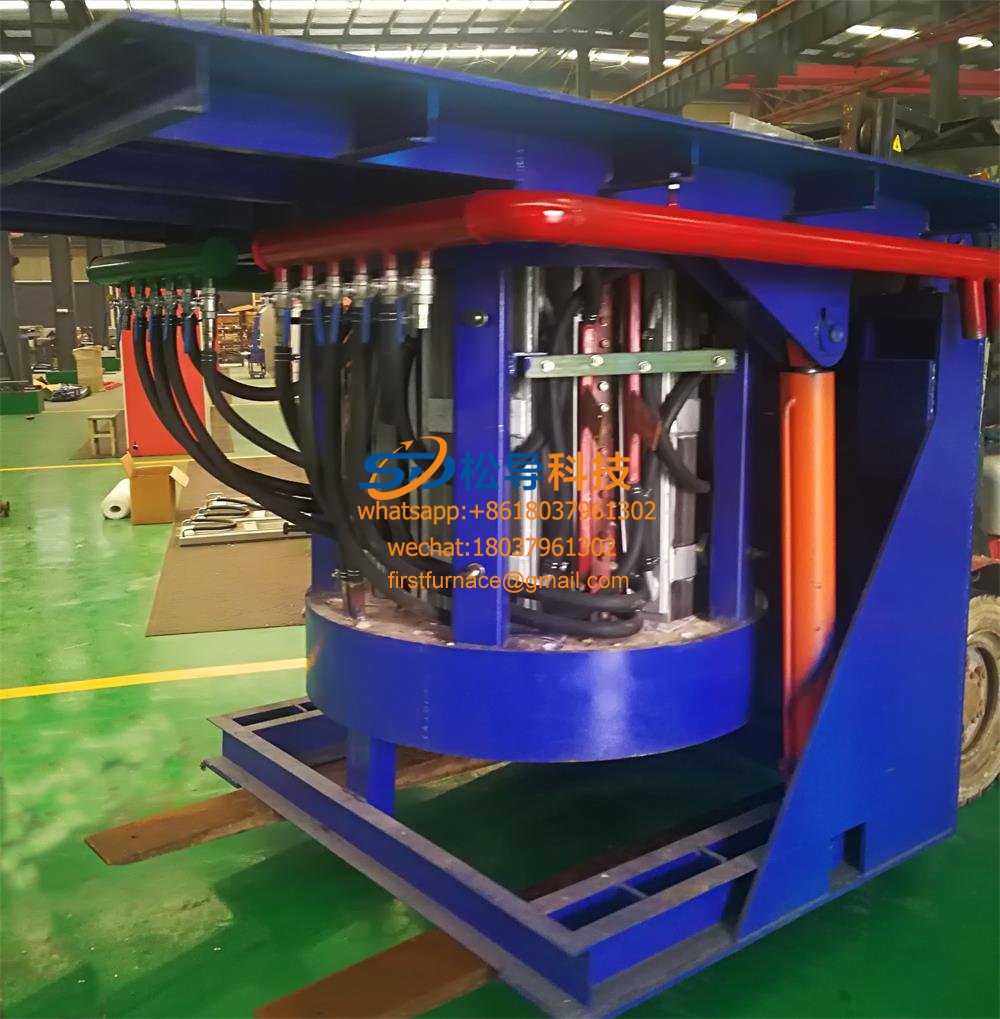
5T Intermediate Frequency Furnace

5T Series Intermediate Frequency Furnace
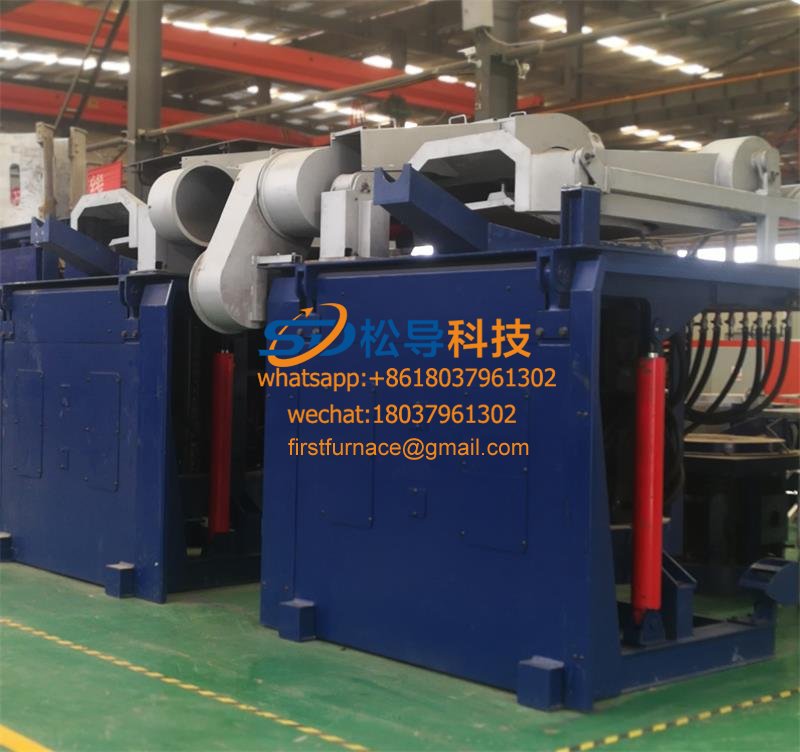
3T Series Intermediate Frequency Furnace
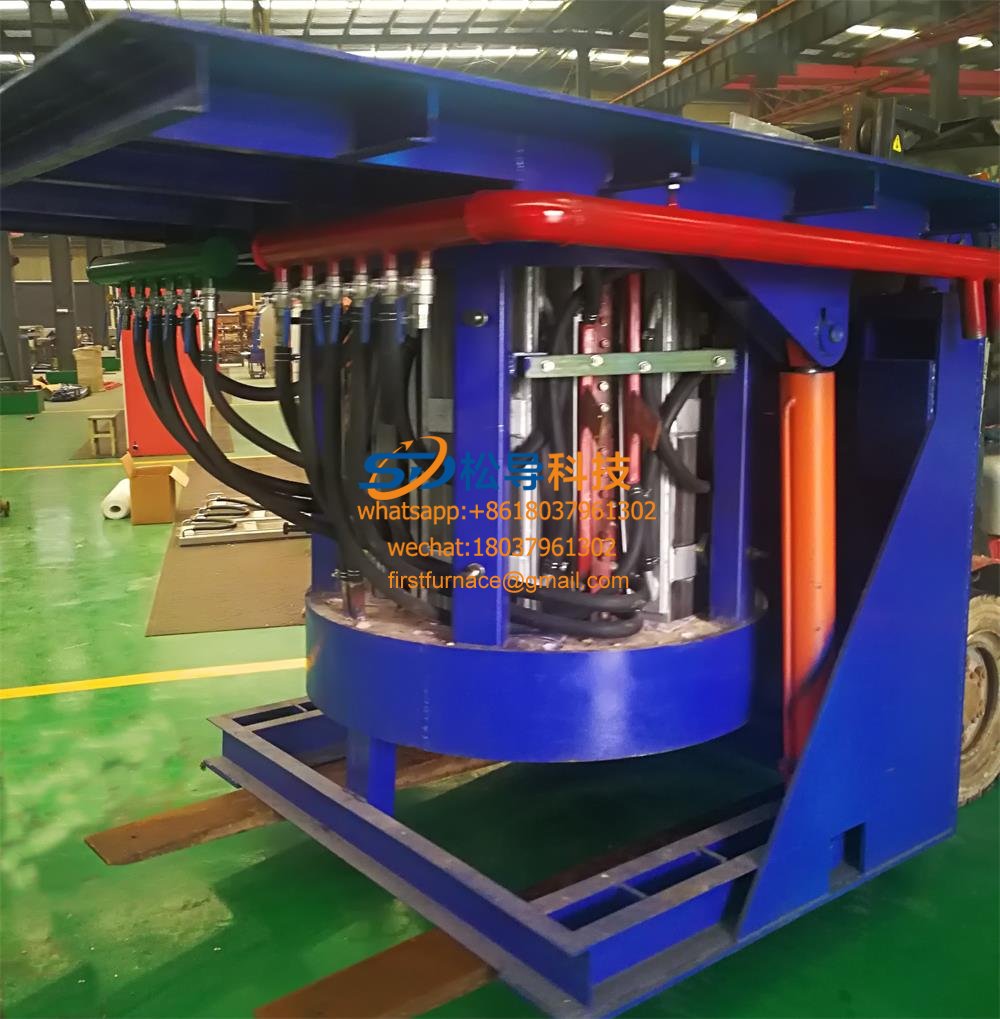
2T Series Intermediate Frequency Furnace
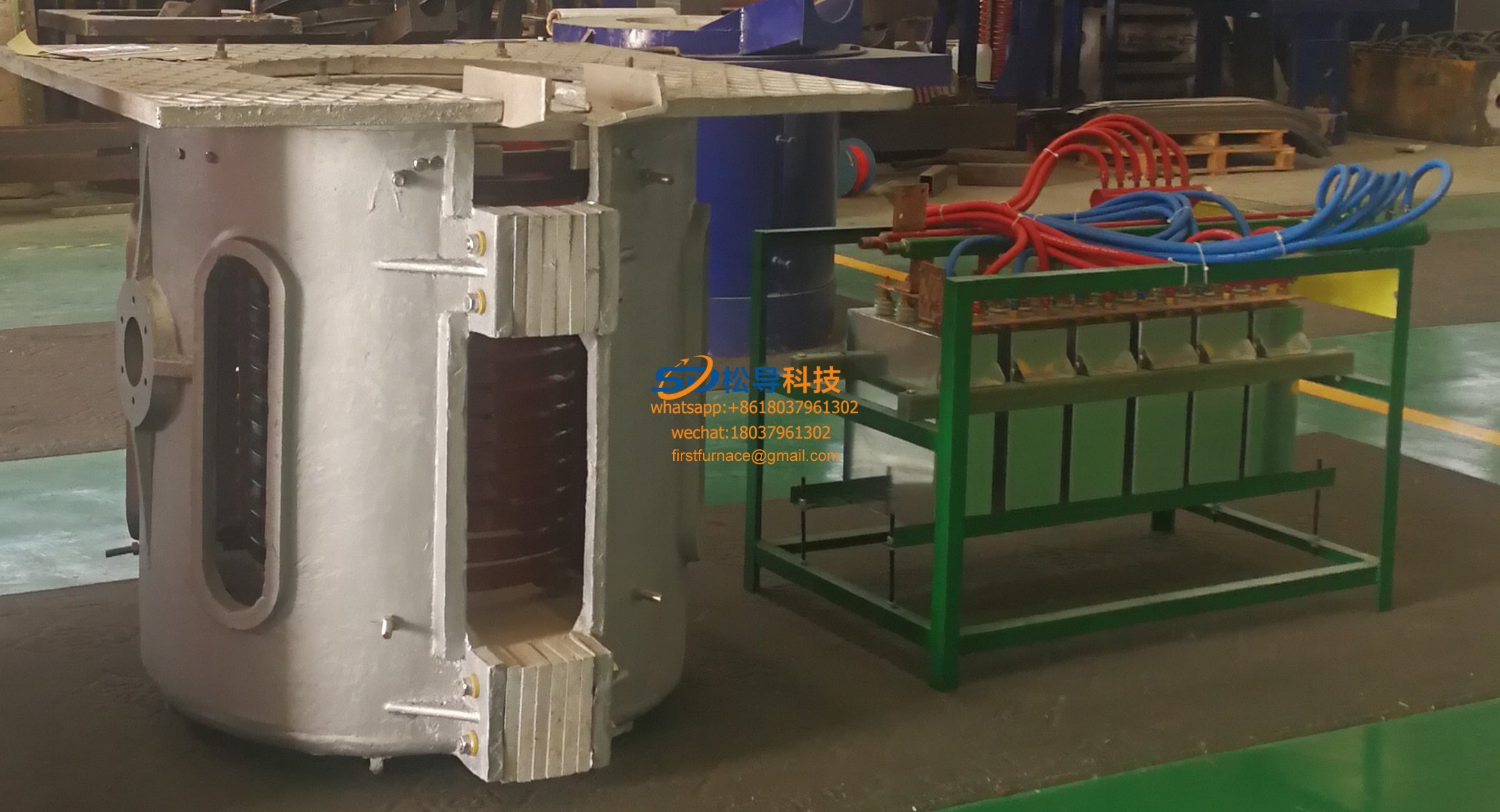
1T Series Intermediate Frequency Furnace
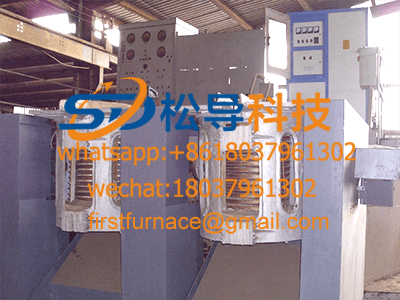
0.5T Series Intermediate Frequency Furna

0.25T Series Intermediate Frequency Furn

1T Parallel Intermediate Frequency Furna
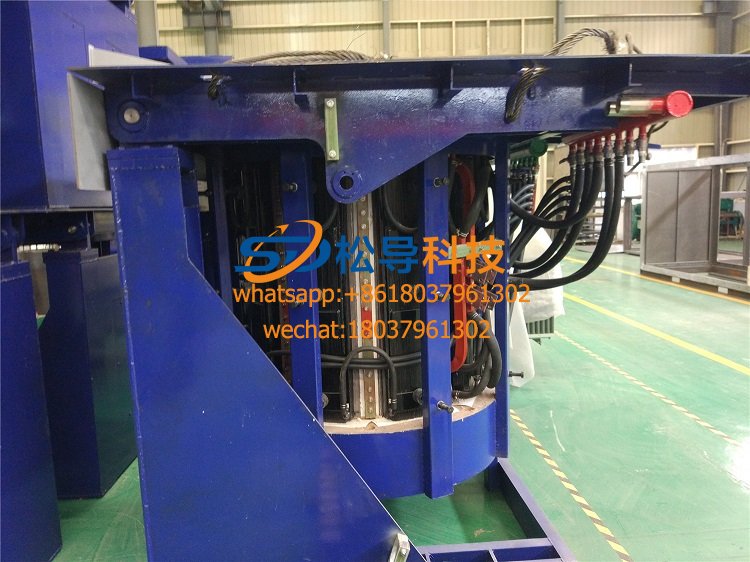
2T Parallel Intermediate Frequency Furna
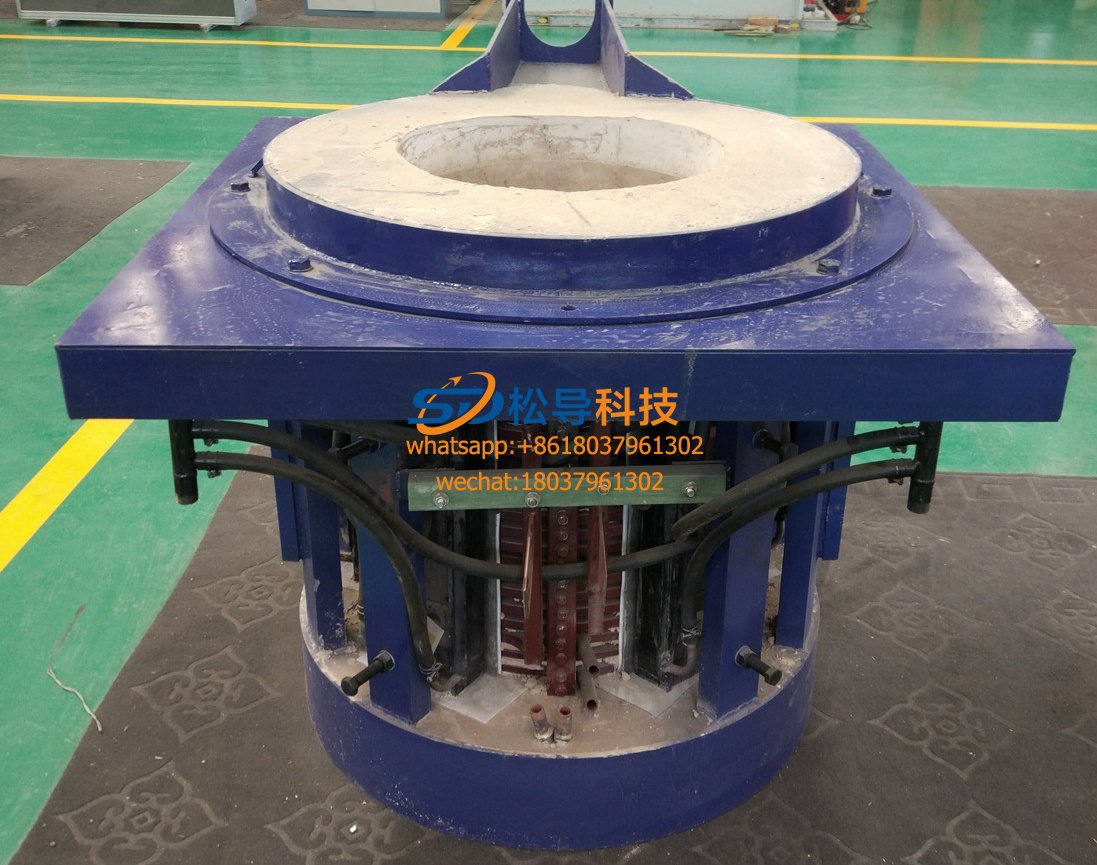
0.5T Parallel Intermediate Frequency Fur






